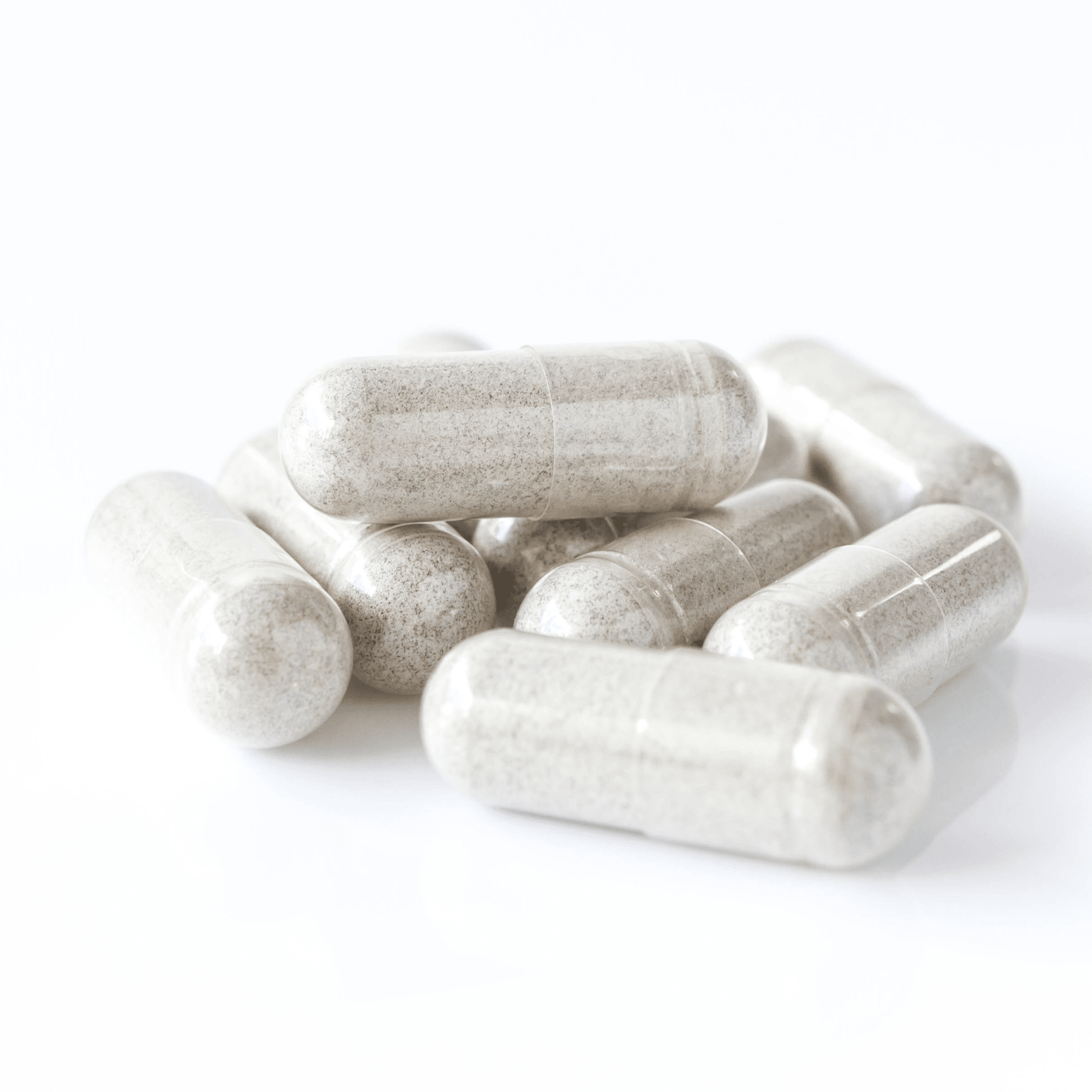Should I alternate my probiotics?
There's a school of thought that rotating or alternating probiotic supplements is beneficial; the thought process being that having a more diverse gut bacteria (or microbiome) is generally associated with better health. This then seems to make sense - that taking a variety of different strains rather than just sticking with one supplement, would be a good thing. Read more about the fascinating world of the microbiome.
However in this blog we'll consider whether the science supports this theory. The main counter argument is that actually, taking a high quality probiotic supplement does not only populate the gut with those specific strains, but should also encourage the gut's other friendly bacteria populations to flourish. This is achieved by the fact that most strains of probiotic bacteria produce acids and other substrates that alter the intestinal environment in such a way as to promote the growth of our natural, resident gut flora.
For example, taking a supplement containing a strain such as Lactobacillus acidophilus NCFM® should not only result in a higher level of NCFM® being found in the gut - but also a higher level of other types of friendly bacteria.
Lactobacillus acidophilus NCFM® can be found in Optibac Probiotics Every Day EXTRA.
It’s kind of a myth, even among some practitioners, that once we take a certain probiotic product we then have those particular strains inside us for life. In reality, most strains have been demonstrated to colonise in the gut for up to a couple of weeks, during which time they improve the intestinal environment, and encourage the recovery of our natural gut flora. To learn more, check out Probiotic Myths.

In this article we explain:
Get the right strains for you
The most important consideration when selecting a probiotic is to find a formulation containing strains that have been clinically trialled to help whichever health condition you're struggling with. For example, one might take Lactobacillus acidophilus NCFM® for IBS and abdominal cramping1 or the strain Saccharomyces boulardii for diarrhoea2.
As mentioned, the aim of taking probiotics is that they colonise and create a positive environment for allowing the indigenous friendly bacteria in the gut to thrive. Essentially they’re helping the body to help itself.
If we look at another example, many people are aware that during antibiotic treatment both the good and the bad gut bacteria are diminished by the antibiotics, so it’s vital that the populations of beneficial bacteria are replenished. When we take a probiotic alongside antibiotics, it's not essential (nor currently scientifically possible) to take the exact strains that are being destroyed by the antibiotics. But a high quality probiotic supplement will allow other friendly bacteria cultures to flourish and recover. The same rules apply with and after a tummy bug; it is vital to introduce some strains of beneficial bacteria back in the gut as soon as possible. Learn more on this topic by reading the article: Taking probiotics with antibiotics.
What does the research say?
The strains Lactobacillus rhamnosus GR-1® and Lactobacillus reuteri RC-14® are two of the most researched strains for women's health. These strains have over 30 years of scientific evidence behind them as well as 26 published clinical trials, involving 2500 women.
A clinical trial that took place in 2015 looked at the ‘Changes in vaginal microbiota following antimicrobial and probiotic therapy.3 It looked at using antibiotics alongside probiotics to help women with bacterial vaginosis (BV) and other vaginal infections. The strains Lactobacillus reuteri RC-14® and L. rhamnosus GR-1® were used in the trial and found that after the women supplemented these strains, they found an increased abundance of indigenous friendly bacteria such as L. iners and L. crispatus. These naturally occurring friendly bacteria increased in numbers when Lactobacillus reuteri RC-14® and L. rhamnosus GR-1® were used. It concluded that the ability to restore homeostasis provides a rationale for conjoint use of probiotics with antibiotic treatment of BV.
This demonstrates that taking a high quality probiotic of a specific strain or multiple strains, can increase the other types of friendly bacteria in the same area of the body. So there is no need to rotate different probiotics in order to get more diversity of your friendly bacteria.
The results of clinical trials are vital to show the strength and the quality of the strains of good bacteria that are aimed to flourish in a particular area of the body. You should look for probiotic strains which are supported by credible research and gold standard clinical trials when buying a supplement.

In conclusion
Probiotics can play an important part of any natural health regime. Whether someone is looking to alleviate specific symptoms, or just hoping to give their health a bit of a boost, then probiotics can be helpful. Because of some of the unfavourable lifestyle factors that compromise our gut flora it is often necessary to replenish our probiotic colonies on an ongoing basis, and supplementation is perhaps the easiest way to do so.
So, whilst you might think that once you have established good gut flora that it can then be left to its own devices, in reality our lifestyles are now so challenging for our microbiome that many of us need to nurture it on an ongoing basis.
The most important thing to remember is that we're all individuals - whatever you find that works for you, go for it! If a probiotic supplement has a strong backing from clinical trials and you feel good taking it, it might be worth sticking with it for some time. Clinical research in probiotics tends to see the same product administered for months on end and there is certainly sense in that. But if you have a couple of probiotics you like, and alternating is right for you, that's absolutely fine! As for whether it's necessary to rotate or alternate probiotic supplements and brands in order to increase your microbiome's diversity? Well the jury's still out, but looking at the research to date, we're not convinced.
If you enjoyed this article, you may also like to read:
Which probiotics are best for women?
Does it really matter what time you take your probiotics?
Healthcare professionals can read more about Lactobacillus rhamnosus GR-1®, Lactobacillus reuteri RC-14®, Lactobacillus acidophilus NCFM® and Saccharomyces boulardiion the Probiotics Database.
References
- J Appl Microbiol, 93(5): 907-12®1. Sui, J. et al (2002) dna analysis faecal lactobacilli humans consuming probiotic strain lactobacillus acidophilus. This trial was conducted using Lactobacillus acidophilus NCFM
- Mcfarland, L.V. et al (1993) Saccharomyces boulardii: a review of an innovative biotherapeutic agent for bowel calm. This trial was conducted using Saccharmyces boulardii only. J Microb Ecol Health Dis, 6(4): 157-171
- Macklaim, J.M. et al (2015) Changes in vaginal microbiota following antimicrobial and probiotic therapy. This trial was conducted using L. rhamnosus GR-1® and L.reuteri RC-14 only. J Microb Ecol Health Dis, 26: 10
Popular Articles
View all Probiotics articles-
Probiotics11 Oct 2023
-
Prebiotics20 Jul 2023


